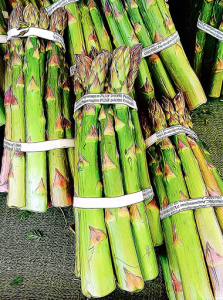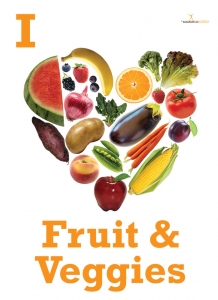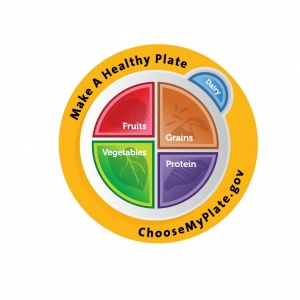The U.S. Department of Agriculture (USDA) last week released Actions on Nutrition Security, a report highlighting the agency’s commitment to ensuring both nutrition security and food security to support optimal health and well-being for all Americans.
You’re probably familiar with the term food security, but what exactly is nutrition security? USDA puts it in simple terms:
- Food security is having enough calories.
- Nutrition security is having the right calories.
This new initiative is especially timely, given the rising costs of food, gas, and other consumer products. As inflation continues, healthy eating on a budget is becoming more and more of a challenge for the typical American family.
You need to teach your clients, employees, and students that healthy eating on a budget is possible. We have tools to help you do this, starting with our Healthy Shopping on a Budget PowerPoint.
The Healthy Shopping on a Budget presentation provides practical information about low-cost choices in each food group. It also includes a collection of recipes that are inexpensive, easy to prepare, and tasty.
To be most effective, you’ll need to modify the Healthy Shopping on a Budget PowerPoint show to take into account your audience and where they live and work.
This will take a little research on your part. Here are some questions to get you started:
Farmers markets:
- Are the prices reasonable?
- Do they accept SNAP/EBT payments?
- Do they participate in…
- Seniors Farmers Market Nutrition Program?
- WIC Farmers Market Nutrition Program?
- A matching program that stretches SNAP dollars used to purchase fresh produce (ex: Double Up or Produce Perks)?
Supermarkets:
- Is there a full-service supermarket in the area?
- If not, do your clients have transportation to a grocery store?
- If not, are there nearby corner stores or convenience stores that sell healthy items, like fresh produce, at affordable prices?
- Which stores have the best prices on quality fresh produce?
- Is there an Aldi nearby?
- If so, find out when regulars say is the best day to shop there for fresh produce (hint: it’s usually Wednesdays).
- If so, what items should your clients look for at Aldi? (Here’s one list by a registered dietitian).
Food Assistance:
- Where can your clients go when they can’t afford to buy food?
- Are there food pantries that offer fresh produce? Salt-free or no-sugar-added canned foods? Whole grains?
- Do schools or churches offer free food distribution?
- Is there a community garden nearby that allows neighbors to share the harvest?
- Do your clients qualify for programs like Meals on Wheels?
Answering these questions are key to being able to educate people about healthy eating on a budget.
You’ll find an infographic that summarizes USDA’s new nutrition security initiative here.
Hollis Bass, MEd, RD, LD






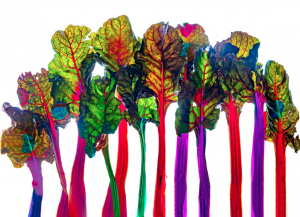
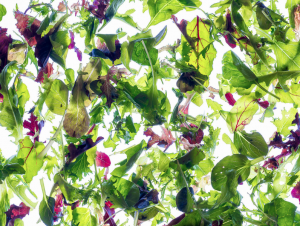
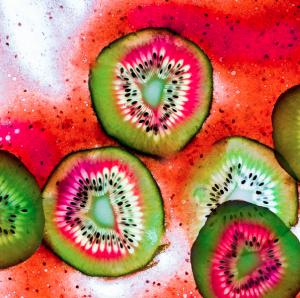
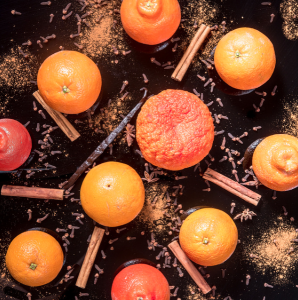
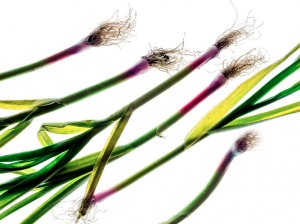
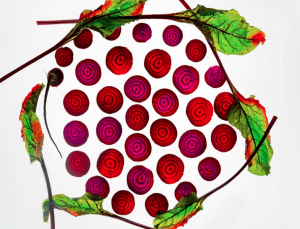
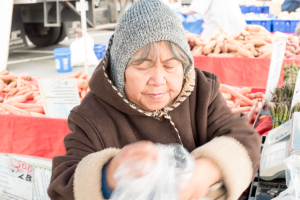
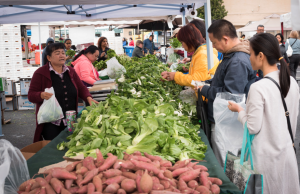
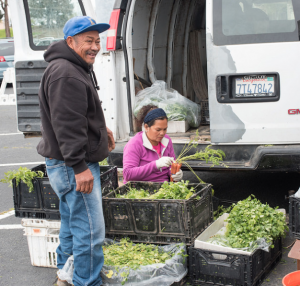
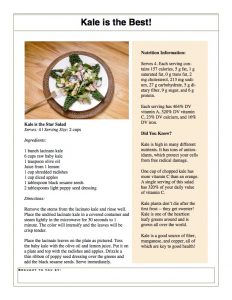
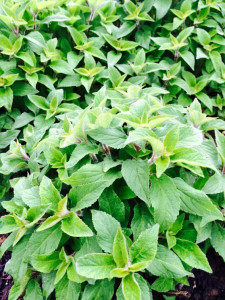
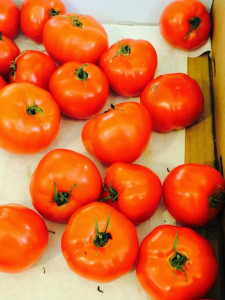
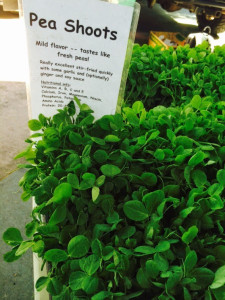
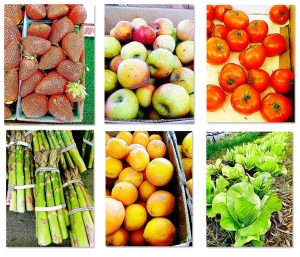

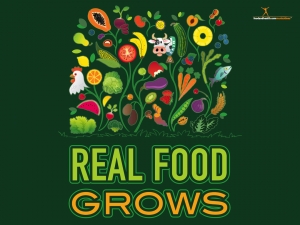
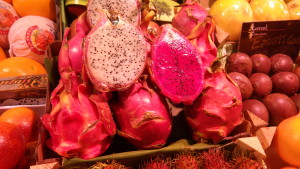
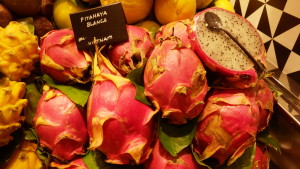
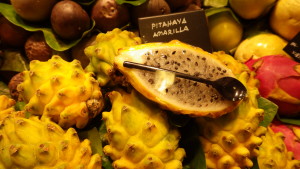
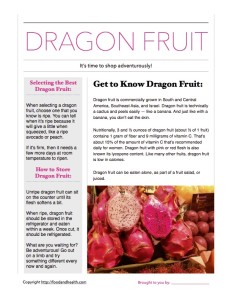
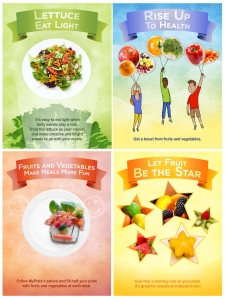

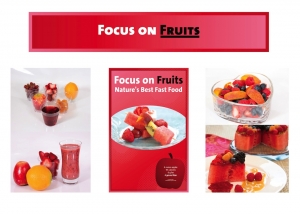
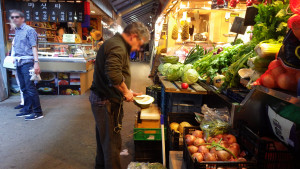
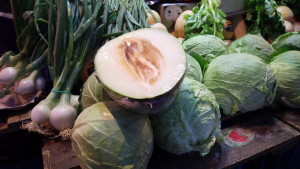


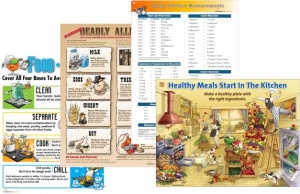
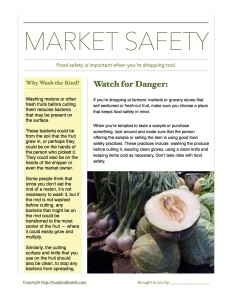
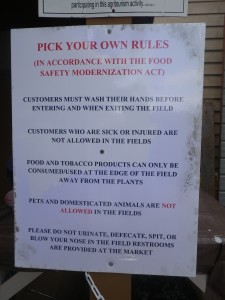
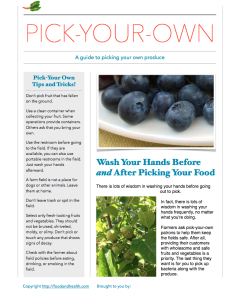
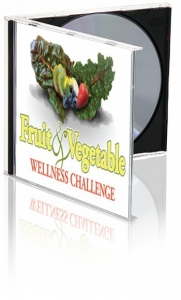


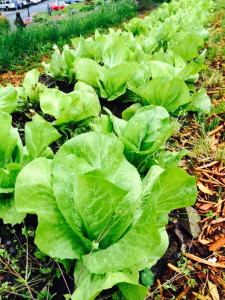 I had such a blast on my recent trip to UC Davis with my son. While I was there, I
I had such a blast on my recent trip to UC Davis with my son. While I was there, I 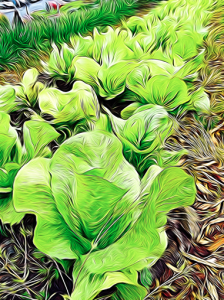 That’s why I added this image to the 6 pack of Farmers’ Market Fruit and Vegetable Paintings. With a photo editing app and some great metallic paper, I transformed this image into art that anyone would be proud to hang on their wall. The picture is 8 by 10 inches and is joined by paintings of fresh berries, tomatoes, apples, asparagus, and more!
That’s why I added this image to the 6 pack of Farmers’ Market Fruit and Vegetable Paintings. With a photo editing app and some great metallic paper, I transformed this image into art that anyone would be proud to hang on their wall. The picture is 8 by 10 inches and is joined by paintings of fresh berries, tomatoes, apples, asparagus, and more!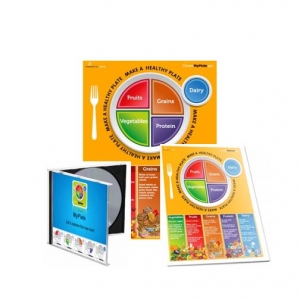


 Recently, I went to an open air farmers’ market in Davis California. Did you know that that market was voted “America’s Best Farmers’ Market”? How cool is that?!
Recently, I went to an open air farmers’ market in Davis California. Did you know that that market was voted “America’s Best Farmers’ Market”? How cool is that?!